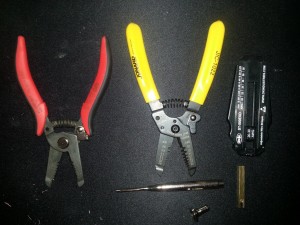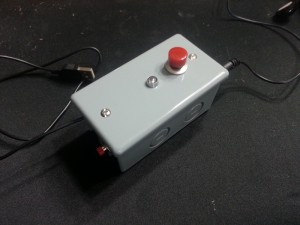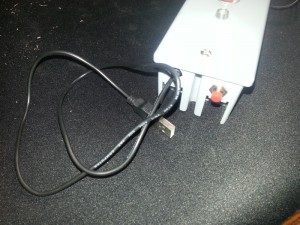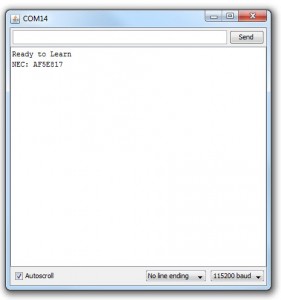Didn’t run like I expected today, just stayed indoor for the most part, too late to run just going to do some pushups and situps, need to keep my heartrate down before I go to bed.
Someone asked me what type of wire strippers I use, here is my response for future reference.
The Red One on the left is a Hakko, the one I use the most for my Arduino projects which has a decent range of wire gauges. Also personally it fits more comfortable in my hand. Really cheap too at 6.99 at Frys.
I use a yellow one is a Jonard ($9.99) for slightly larger wire, it’s OK but prefer the Hakko.
The black one from OK Industries is awesome for breadboard stuff and consistent length of stripping. When I do my breadboard I have the lengths of all my wire cut first, then go through with this tool and quickly cut the ends. Pricey for one off projects, but when you mass produce (well in my case) the $35.99 price is worth it.
Finally, I use the wire stripper in my wire wrapping tool for thin Kynar wire that I use for the traces in my PC board. Unfortunately, I can’t find them anymore, but I put it here for completeness.
Also I sent an email to a student that may be able to make use of my IR replicator device.
This reads IR signals so you can see what the IR “code” is then you can have it replicate the IR signal to the device by pressing the large red button on the top.
You plug this end into your PC, and startup a serial communication program like arduino serial monitor, putty or hyperterminal and watch the numbers that your IR remote “sees”.
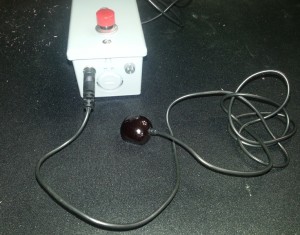 On this end you see the plug with the IR receiver on the left of the unit, on the right is the IR emitter, so you can test if the IR code will work with arduino.
On this end you see the plug with the IR receiver on the left of the unit, on the right is the IR emitter, so you can test if the IR code will work with arduino.
Here is how the serial console looks like.
The device told me that the code to turn on my device (my TV) was 0xAF5E817 which is a 32bit HEX number.
Some sample sketch stuff
##includeint PWR_PIN = 13; int RECV_PIN = 9; int BTN_PIN = 8; int SEND_PIN = 3; IRrecv irrecv(RECV_PIN); decode_results results; IRsend irsend; void btnpress(){ for (int i = 0; i < 3; i++) { irsend.sendNEC(0xAF5E817, 32); delay(100); } }
Weight: 307.4

